The serene town of Manali, nestled in the lap of the Himalayas, is not only a popular destination for adventure seekers and nature enthusiasts but also a spiritual haven for those seeking solace. At the heart of this enchanting town lies the Manu Temple, a sacred abode that holds both religious significance and architectural beauty. In this article, we delve into the rich history, architecture, and spiritual aura of the Manu Temple.
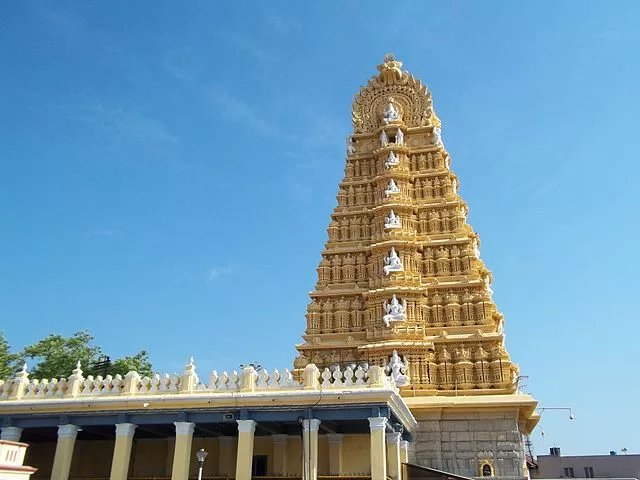
The Legend of Sage Manu
According to Hindu mythology, Sage Manu is believed to be the progenitor of humankind. The temple is named after him, signifying its historical and mythological importance. The legend states that Sage Manu meditated in Manali, making the region a revered spot for spiritual seekers.
Architectural Marvel
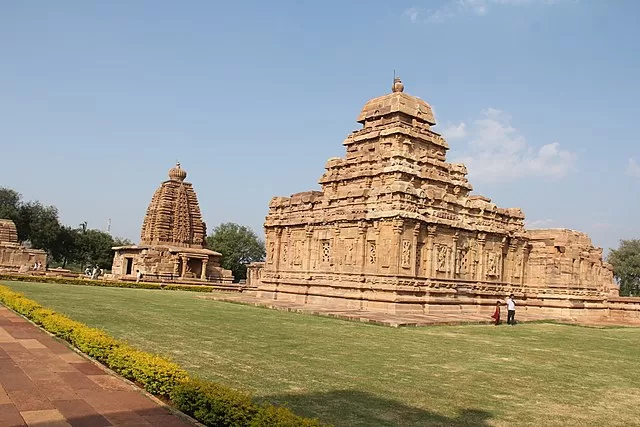
The Manu Temple’s architecture seamlessly blends traditional Himachali style with intricate wood carvings and artistic embellishments. The pagoda-style roof, wooden façade, and ornate carvings on the temple’s structure showcase the skilled craftsmanship of the region.
Spiritual Significance
Devotees flock to the Manu Temple to seek blessings and inner peace. The temple’s serene ambiance and the melodious sound of ringing bells create an atmosphere that calms the mind and uplifts the spirit.
Visiting the Temple
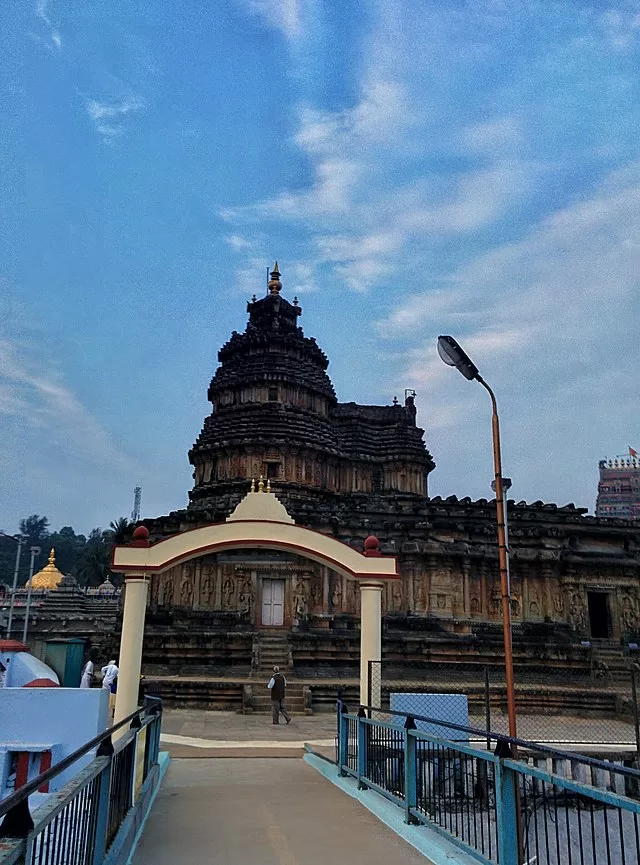
Reaching the temple involves a short but rewarding trek. The path meanders through lush greenery, offering glimpses of the majestic Himalayas. The journey itself becomes a part of the spiritual experience.
Traversing the Beas River
The temple’s location near the Beas River adds to its charm. Visitors can enjoy the soothing sound of the river as they explore the temple premises and its surroundings.
Fairs and Festivals
The Manu Temple comes alive during various festivals, especially the Manu Rishi Festival. This event showcases the region’s traditional dance, music, and vibrant local culture.
Local Cuisine and Culture
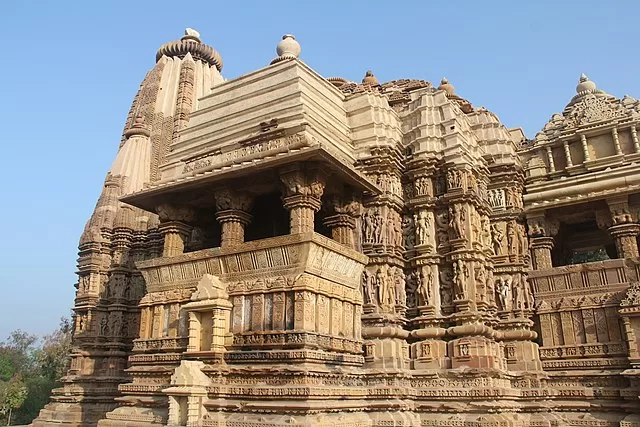
Exploring Manali isn’t complete without savoring its local cuisine. From steaming momos to aromatic chai, the local flavors add a delightful touch to your temple visit.
Surrounding Attractions
Manali offers an array of attractions, including the Hadimba Devi Temple and Solang Valley. Visitors can extend their spiritual journey by exploring these nearby sites.
Captivating Views from the Temple
Perched on a hill, the temple provides panoramic views of the surrounding landscape. The sight of snow-capped peaks and verdant valleys is a treat for the eyes.
Photography Enthusiast’s Delight
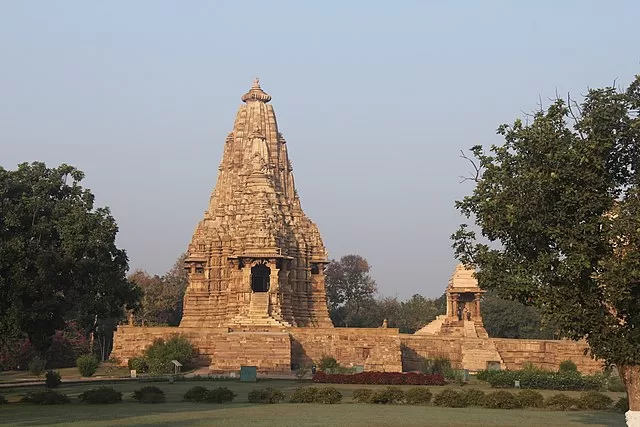
For photography enthusiasts, the temple and its surroundings offer an abundance of captivating shots. The interplay of light and shadow, along with the temple’s intricate details, make for compelling compositions.
Exploring Vashisht Hot Water Springs
Nearby Vashisht village boasts rejuvenating hot water springs, perfect for unwinding after a temple visit. The therapeutic properties of these springs are believed to have healing effects.
Shopping for Souvenirs
The bustling markets of Manali offer an array of souvenirs. From handmade crafts to local garments, you can take a piece of Manali’s charm back home.
Best Time to Visit
The temple is accessible year-round, but the months from April to June and September to October offer pleasant weather for exploring the region.
Conclusion
The Manu Temple isn’t just a place of worship; it’s an embodiment of Manali’s spiritual essence. Its blend of history, spirituality, and stunning architecture makes it a must-visit destination for travelers seeking a holistic experience.
FAQ
Q1: How do I reach Manali?
A: Manali can be reached by road from nearby cities like Delhi and Chandigarh. The nearest airport is Bhuntar Airport.
Q2: Is there an entry fee to the Manu Temple?
A: No, there is no entry fee to visit the temple.
Q3: Can I take photographs inside the temple?
A: Photography inside the temple might not be allowed due to its sacred nature. However, you can capture the temple’s exterior and surroundings.
Q4: Are there accommodation options near the temple?
A: Yes, Manali offers a range of accommodations to suit various budgets.
Q5: What is the significance of ringing the temple bells?
A: Ringing the bells is believed to invoke positive energies and seek blessings.

